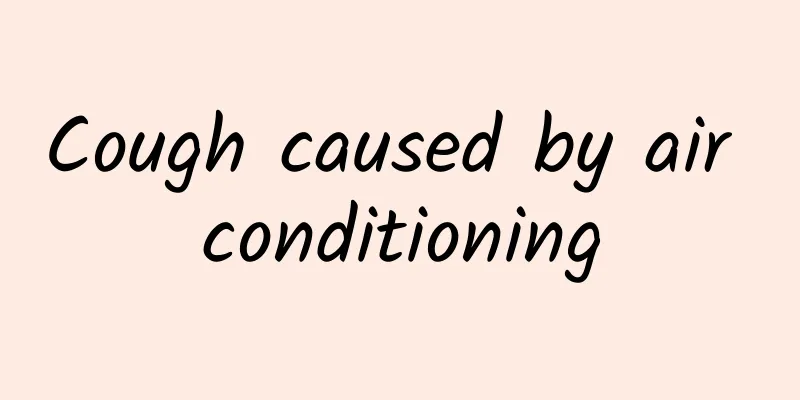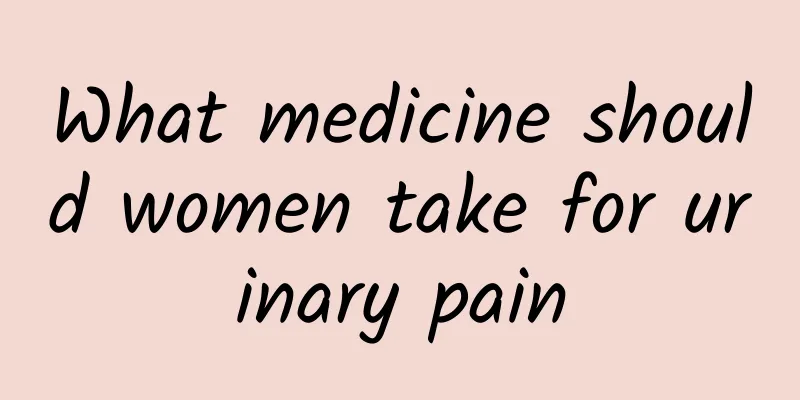Treatment of hyperthyroidism exophthalmos

|
Hyperthyroidism is a relatively common disease that is prone to various complications. Its symptom is bulging eyes. It will not only affect the patient's appearance, but also the patient's psychology. First of all, we must actively treat the primary disease. It can be treated through surgery or medication. In addition, diet health care, mood adjustment, and family care in daily life are very important. Different clinical manifestations, different treatment plans Thyroid-related eye disease is a common orbital disease, which can be divided into mild, moderate and severe according to the severity of the disease, and can be divided into active stage and stable stage according to the activity of the disease. The clinical manifestations of thyroid-related eye diseases are also complex and diverse. The most common clinical manifestations are proptosis, extraocular myopathy (diplopia), and eyelid retraction. The treatment plans for thyroid-related eye diseases of different stages, severity, and manifestations are not the same. Drug treatment and surgical control, a two-pronged approach If you are diagnosed with the disease, don't worry too much. Emotional instability can easily aggravate the condition. You should relax mentally. You should strictly quit smoking, avoid spicy and irritating foods, drink less, and those with hyperthyroidism should avoid iodine diet. When sleeping, raise the pillow to relieve the high orbital pressure caused by venous return obstruction. Don't overstrain your eyes. Wear sunglasses when going out in strong sunlight. When the extraocular muscles are affected and double vision occurs, it is best to cover one eye to relieve the symptoms. For patients with secondary corneal ulcer and incomplete closure of palpebral fissure, eye ointment, artificial tears, wet chamber and blepharostura can be used for treatment. Various drugs such as 5-10% guanethidine eye drops, local injection of immunosuppressants near the eyeball, systemic corticosteroid shock therapy and other drugs as well as orbital wall decompression and upper eyelid lift and extension can be used for treatment. These can significantly improve the symptoms of proptosis and upper eyelid retraction and restore the patient's appearance. |
<<: Myopia surgery degree requirements
>>: What is the matter with asshole hair?
Recommend
Why do I have back pain from sleeping too much?
Sleeping too much may also cause back pain. There...
It replenishes kidney qi and treats gynecological diseases, and is loved by both men and women
Taixi acupoint is where the kidney meridian's...
Can papaya and sesame oil dye gray hair?
Papaya and sesame oil cannot dye gray hair. Gray ...
Pain in the middle right side of the back
It is well known that pain in the middle right si...
What to do if you have hair loss in your twenties
Hair loss in one's 20s is indeed very trouble...
What is a water monkey?
Water monkeys are mainly molluscum contagiosum. I...
Who should not eat saffron?
Rose tea is a very valuable Chinese herbal medici...
Side effects of estrogen medications
Sometimes people can only choose some hormone dru...
How to eat sika deer antler slices best
Deer antler slices are a very nourishing Chinese ...
What are the common diseases in cardiac surgery?
Cardiac surgery diseases are the most deadly. Som...
What are the symptoms of heavy bleeding after medical abortion?
The most feared thing after medical abortion is h...
Can soaking your feet in mugwort cure a cold?
Hospitals are always the busiest when the seasons...
Will urinary tract infection affect the fetus?
The mother's physical health has the greatest...
Early symptoms of neonatal meningitis
Newborns are also very susceptible to diseases be...
What are the recipes for soaking kidney-tonifying and aphrodisiac herbs in wine?
Nowadays, many people have some symptoms of kidne...









